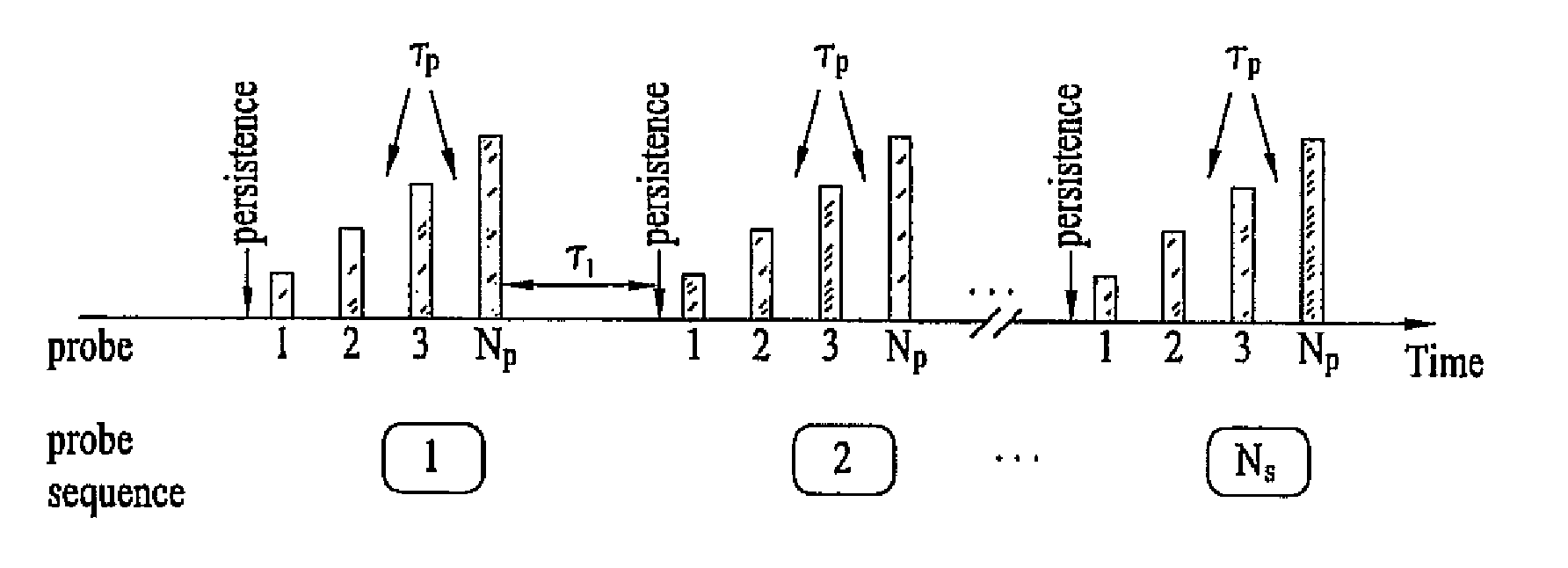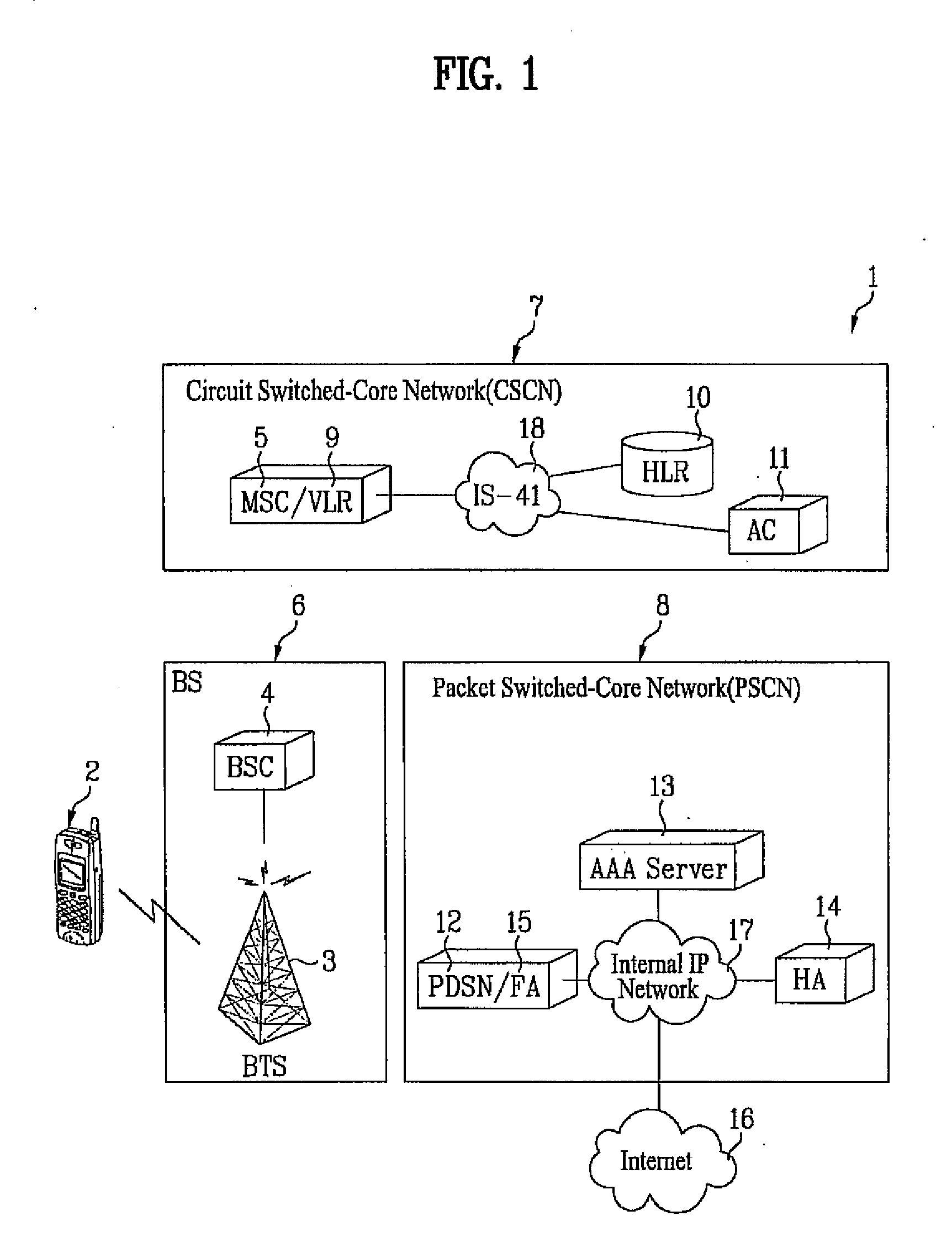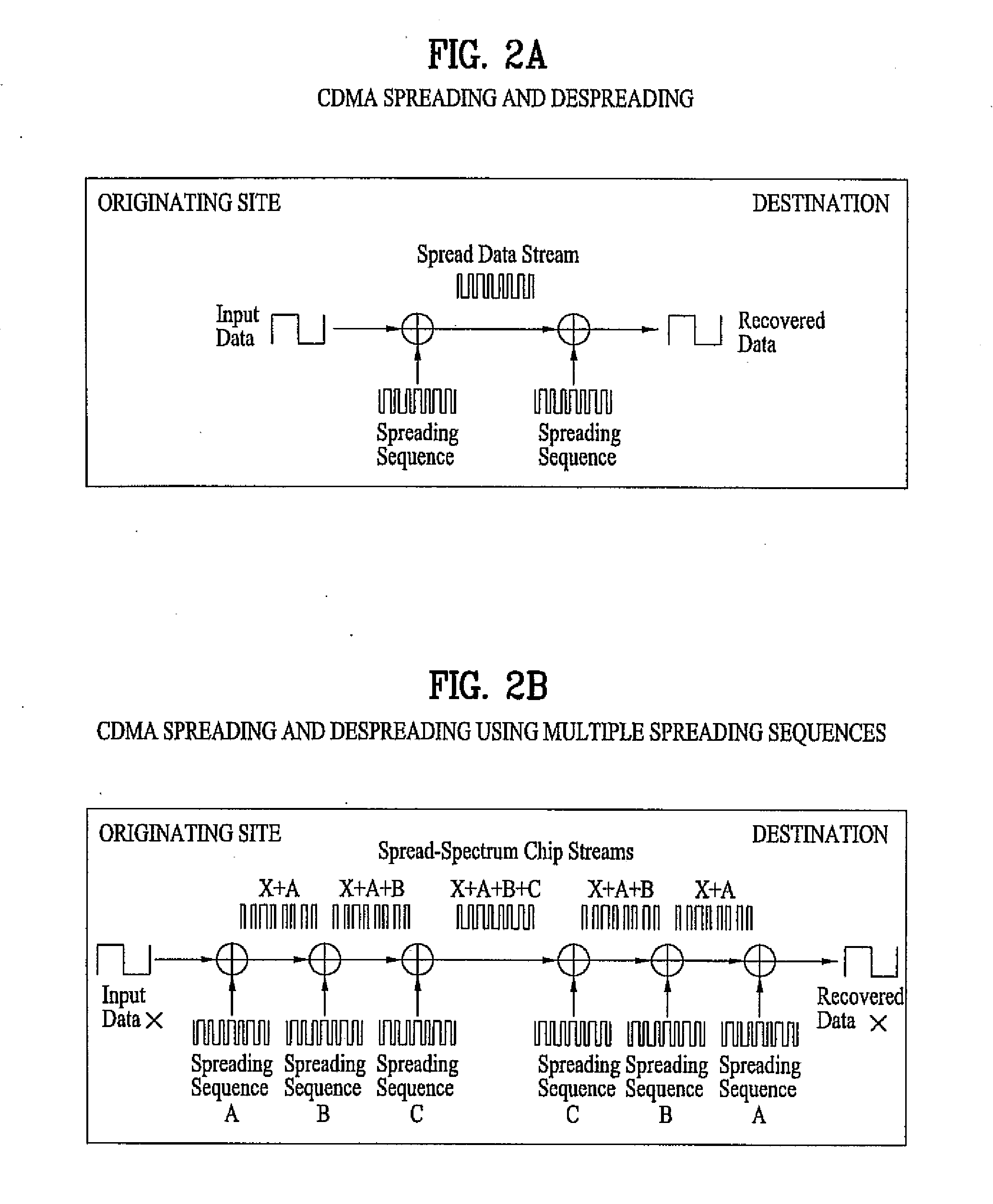Access probe randomization for wireless communication system
- Summary
- Abstract
- Description
- Claims
- Application Information
AI Technical Summary
Benefits of technology
Problems solved by technology
Method used
Image
Examples
Embodiment Construction
[0148] The present invention relates to an apparatus and method for reducing collisions of access probes from co-located mobile terminals by randomizing the time at which access probes are sent. Although the present invention is illustrated with respect to a mobile terminal, it is contemplated that the present invention may be utilized anytime it is desired to reduce collisions of signals transmitted from co-located communication devices.
[0149] The present invention is directed to random access, specifically random access performed according to a maximum delay parameter based on QoS or other factors, such as service class and mobile terminal position. When mobile terminals in a conventional system that receive a message through the same paging channel and are closely located to each other access a system, the terminals perform random access based on the same persistence value in order to reduce connection time. However, the persistence value approach results in access probe collisi...
PUM
 Login to View More
Login to View More Abstract
Description
Claims
Application Information
 Login to View More
Login to View More - R&D
- Intellectual Property
- Life Sciences
- Materials
- Tech Scout
- Unparalleled Data Quality
- Higher Quality Content
- 60% Fewer Hallucinations
Browse by: Latest US Patents, China's latest patents, Technical Efficacy Thesaurus, Application Domain, Technology Topic, Popular Technical Reports.
© 2025 PatSnap. All rights reserved.Legal|Privacy policy|Modern Slavery Act Transparency Statement|Sitemap|About US| Contact US: help@patsnap.com



